Description
A year or so ago, when I began some renovation projects, I started to really get into home automation. I’ve now got two Nest thermostats, probably a dozen Nest Protect devices, some Next cameras, dozens of Phillips Hue lights, and a bunch of SmartThings sensors, smart plugs, and more. I’m also utilizing things like 7 Amazon Alexa devices, Siri, and IFTTT and Stringify to help tie things together. They really all work great, with the exception of the Ring video doorbell, which, IMHO, is a piece of garbage –
 For quite some time I’ve played with some of the presence lights by vendors such as Embrava’s Blynclight and Kuando’s Busylight family. They work really well at letting others see your presence before they interrupt you. I’ve used them both at customer locations (‘cube farms’) and in my home office. The problem in the home office is that I wanted the light to be outside of my office door, so that family members could see my presence if my door was closed. That required a long USB extension cable, and wasn’t the cleanest looking solution. Then one day, I was playing with some Hue bulbs and Alexa, when it dawned on me that it would be cool to change one or more Hue bulbs to match my presence. So I reached out to Tom Morgan (@TomMorgan), Skype for Business MVP, ace developer, and former coworker, with my idea. Not long after that, he introduced Skyue. Skyue is a client side system tray application that controls Hue lights, and sets them to your presence. Brilliant!
For quite some time I’ve played with some of the presence lights by vendors such as Embrava’s Blynclight and Kuando’s Busylight family. They work really well at letting others see your presence before they interrupt you. I’ve used them both at customer locations (‘cube farms’) and in my home office. The problem in the home office is that I wanted the light to be outside of my office door, so that family members could see my presence if my door was closed. That required a long USB extension cable, and wasn’t the cleanest looking solution. Then one day, I was playing with some Hue bulbs and Alexa, when it dawned on me that it would be cool to change one or more Hue bulbs to match my presence. So I reached out to Tom Morgan (@TomMorgan), Skype for Business MVP, ace developer, and former coworker, with my idea. Not long after that, he introduced Skyue. Skyue is a client side system tray application that controls Hue lights, and sets them to your presence. Brilliant!
I set this up to utilize a light on the main floor, near the stairs. My office is on the second floor, so the light is visible before people come up the stairs. While my family doesn’t know what all the various presence colors mean, they do know that red (busy/on a call/in a conference) and purple (DND) mean that you approach my office with caution. My grandson also knows that it means not to run around the house like a banshee, because Papa is probably on a call (hey – I’m no presence liar!). The app keeps the bulbs in sync, and there is really no delay between a change in presence and the bulb color being updated.
Installation
Pretty easy, really. Download the tool and run it. It will prompt you to press the button on your Hue hub. Once that’s done, click the button in the app acknowledging that you pressed it. Select the Hue light(s) that you’d like to control. Only the color ambience lights should be visible in the pick list. White ambience lights are not – for good reason. You can also set the level of brightness for the lights. This was something that I asked for because a Hue light is pretty bright. So, setting to 20% was a perfect level to be seen but not overbearing. Once you hit ‘Save’, you’re off and running. You can also adjust the settings by right clicking on the little floor lamp icon in the system tray.
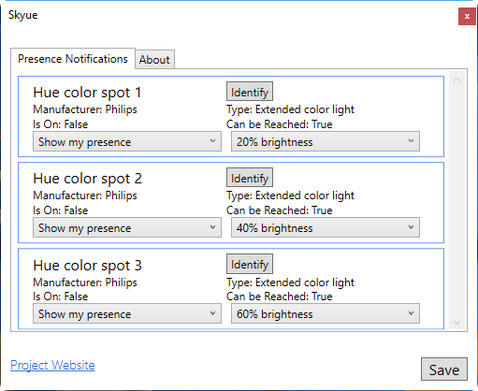
Coming soon
According to the website, Tom is looking at adding Contacts so you can show their presence, as well as notifications for incoming IMs, and incoming calls.
Conclusion
I’ve been running this for many months now, and it’s been rock solid. If you’re looking to have a quality solution to leverage existing Hue lights and Skype for Business, Tom’s cool utility should fill the requirement. Highly recommended!
 Our first remote episode using new gear, instead of using Skype for Business. This time, Tom Morgan and I took time out of our busy scheduled at the annual MVP Global Summit on campus in Redmond, WA to discuss the basics of development for the UC stack.
Our first remote episode using new gear, instead of using Skype for Business. This time, Tom Morgan and I took time out of our busy scheduled at the annual MVP Global Summit on campus in Redmond, WA to discuss the basics of development for the UC stack.
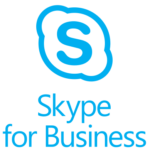


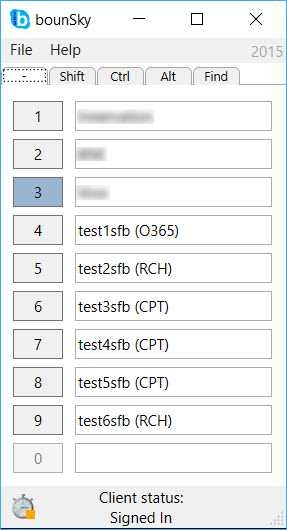
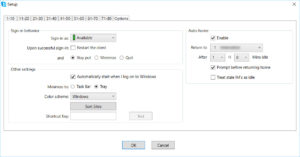
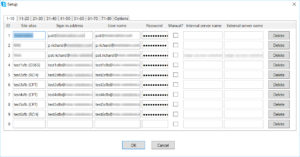







Follow Me